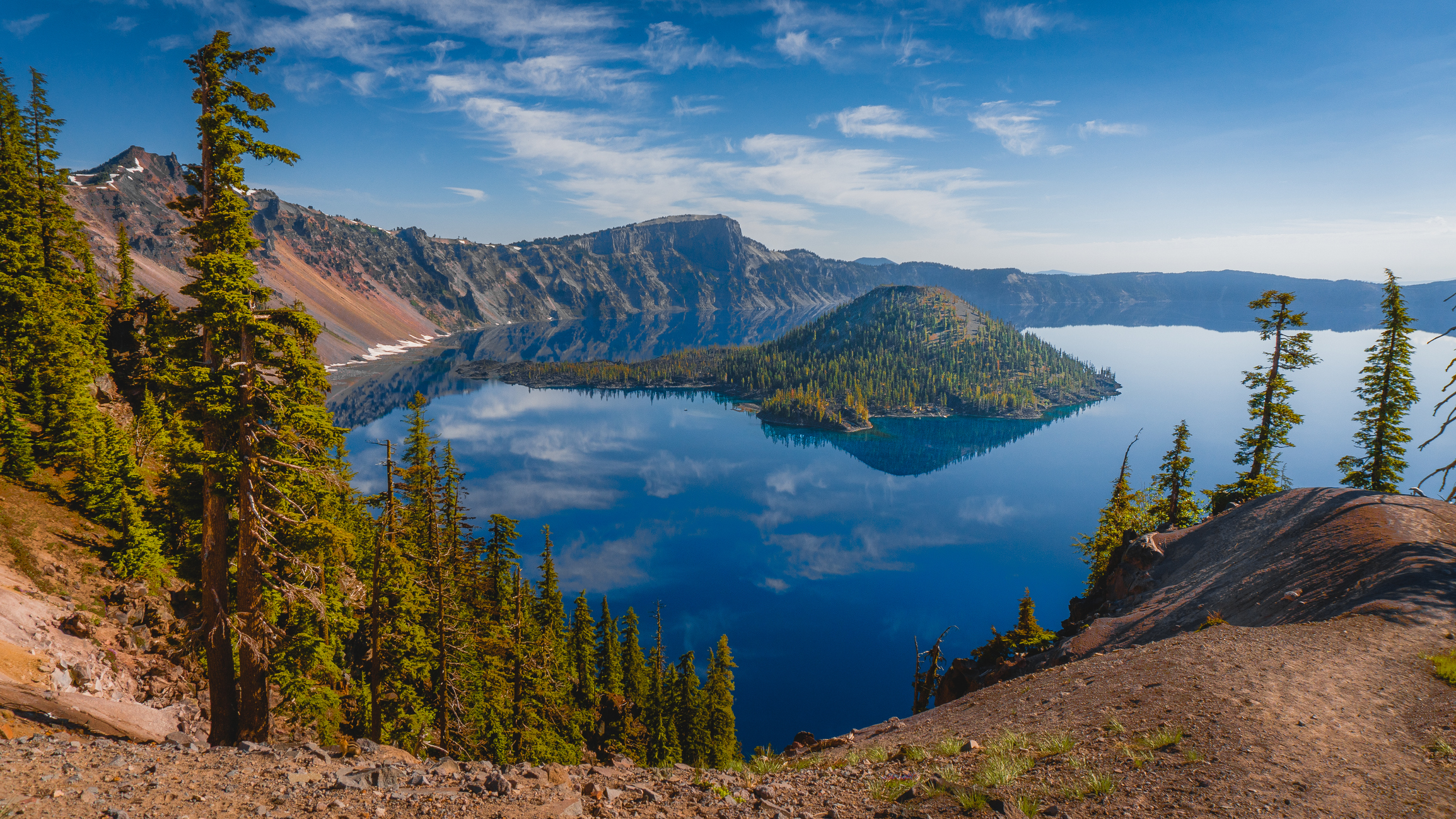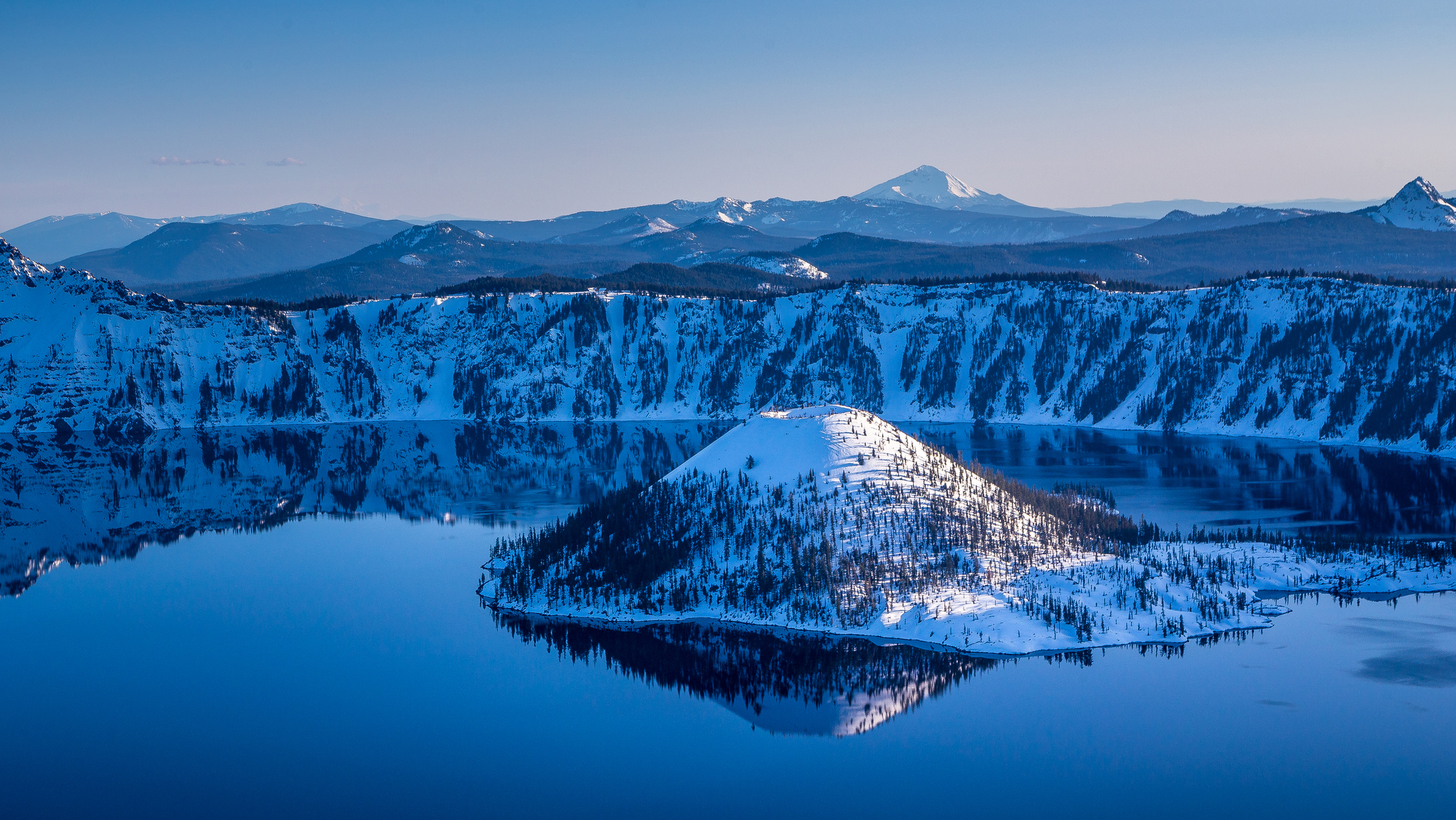Open water swimmers to be banned from America's deepest lake for two years during restoration project
Visitors to Crater Lake in Southwestern Oregon will only be able to see the famous landmark from specific viewpoints

Fancy a dip in America's deepest lake? You'll have to hurry, as officials have unveiled plans to ban open water swimmers after the summer season.
Swimming in Crater Lake, in south western Oregon, will be banned in 2026 and 2027, and all access to the lake will be cut off as part of a two-year restoration plan. Visitors to Crater Lake National Park will still be able to see the lake from viewpoints along its elevated rim.
At 1,949ft (594m) deep, Crater Lake is the deepest lake in the United States. It spans more than 20 square miles and attracts upwards of 500,000 visitors each year, who come to marvel at its clear blue water and hike in the surrounding wilderness.
Open water swimmers can access the water by hiking down the scenic Cleetwood Cove trail. The crystal clear water is chilly all year round, but swimming areas are normally open from mid-June to October.
However, after this season, the Cleetwood Cove trail, and the swimming areas it leads to, will be closed until 2028, as reported by SFGATE.
Crater Lake restoration plans
The two-year restoration project aims to address various environmental and practical issues at Crater Lake. Many popular trails and cliff areas have been worn down by years of hiking and heavy rainfall, while infrastructure is in dire need of replacement.
The National Park Service has laid out its plans for the project on its website. They are as follows:
Advnture Newsletter
All the latest inspiration, tips and guides to help you plan your next Advnture!
- Rehabilitate the Cleetwood Cove trail by improving the trail tread and retaining walls.
- Take rockfall mitigation measures in high-risk zones.
- Replace the old dock with a new, functioning marina.
- Replacing outdated and undersized toilets.

The work has been planned for the peak summer seasons to avoid hazardous winter weather and unsafe conditions.
Crater Lake National Park public information officer Marsha McCabe unveiled the plans and told SFGATE: "The significant annual snowfall at the Crater Rim limits access to the site and construction work to a few summer months."
Crater Lake was formed about 7,700 years ago when the ancient Mount Mazama volcano erupted and collapsed. This created a giant volcanic caldera, which naturally collects rainfall and melted snow to form the lake that exists today.
- The best changing robes: cocoon yourself post-swim in a protective layer
- The best water shoes: fast-draining, quick-drying and ready to take you from the shore to the sea

Will Symons developed his love of the outdoors as a student, exploring every inch of Sussex’s South Downs national park and wild swimming off the Brighton seafront. Now a Staff Writer for Advnture, Will previously worked as a freelance journalist and writer, covering everything from cricket to ancient history. Like most Advnture staff, Will’s time is rarely spent indoors, he can often be found hiking, wild swimming or playing cricket.
